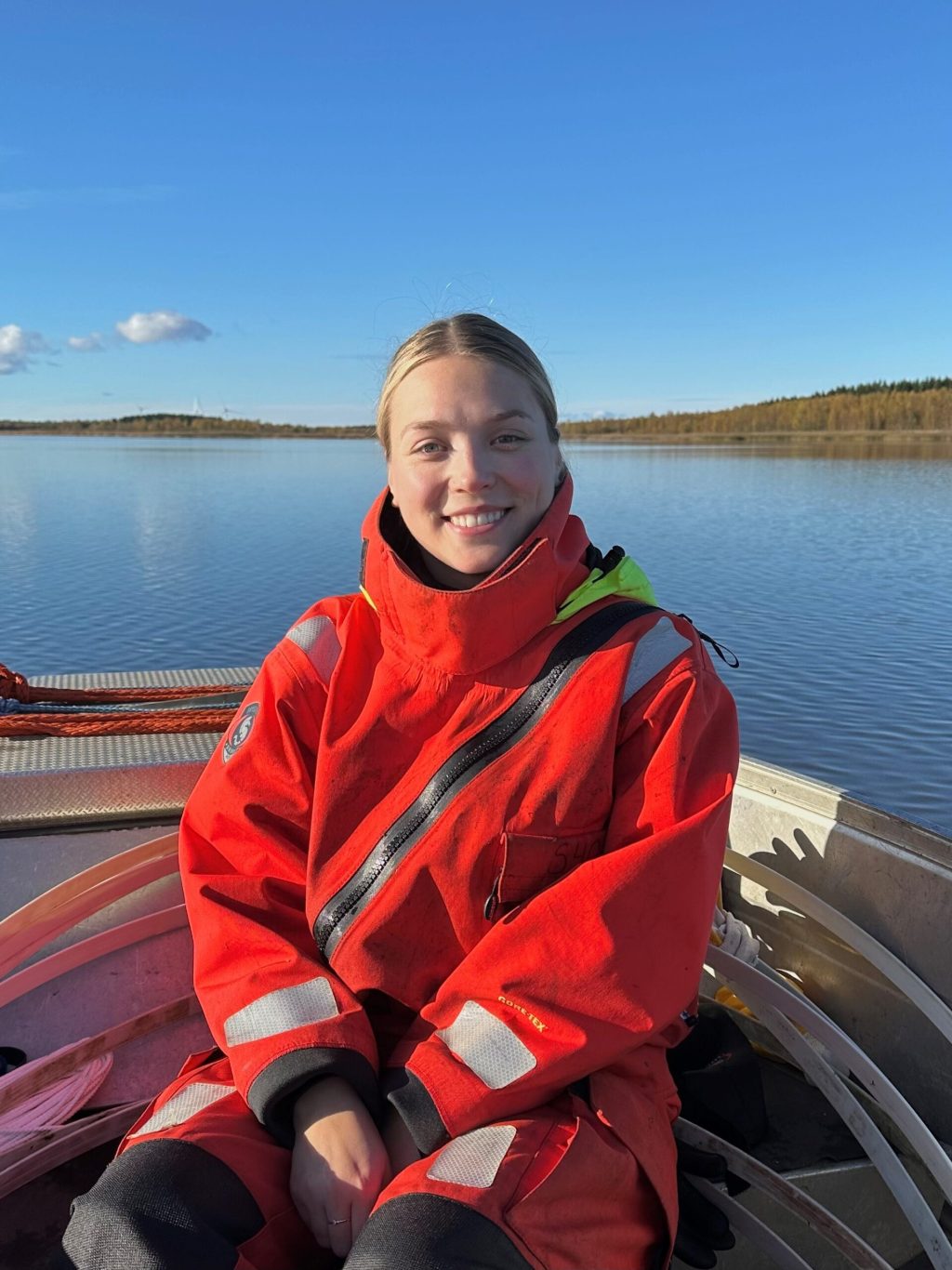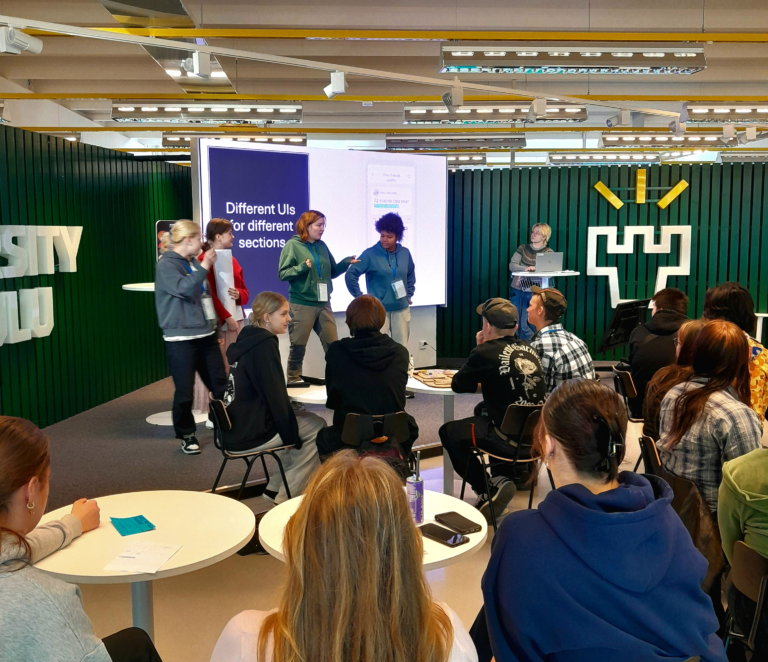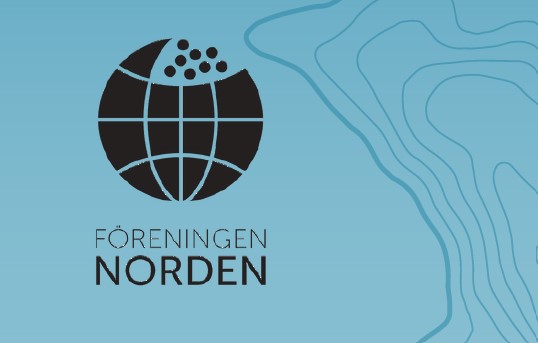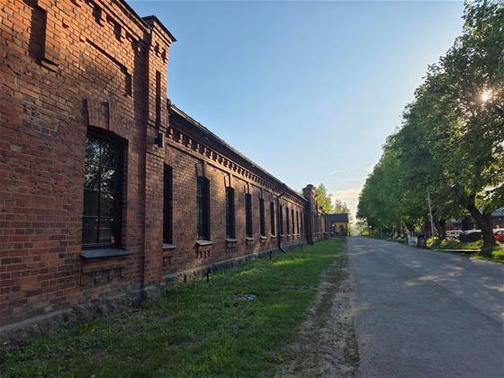People are the foundation of all cross-border cooperation. Interreg Aurora is happy to present the people and different professions working across borders with the aim to improve our daily lives.
Meet Eveliina Lampinen, Marine biologist, North Ostrobothnia ELY Centre
I am a marine biologist working in the SeaMoreEco project team. I serve as the project coordinator at North Ostrobothnia ELY Centre. I work both in the field on the Gulf of Bothnia and in the office in Oulu. I started my career as a marine biologist by doing my master’s thesis in a previous Interreg project called SEAmBOTH. I enjoyed the project work so much that I wanted to continue in the same field.
Saving fragile northern ecosystems
The shallow bottoms of the northern Gulf of Bothnia are crucial for marine biodiversity and they play a significant role in keeping ecological balance. But they are threatened by human activities and climate change. The SeaMoreEco project aims to improve knowledge of the unique nature and develop practical solutions for monitoring, conserving, and restoring these habitats.
The summer of 2024 me and my colleagues have focused on testing restoration measures and developing mapping methods in the Northern Ostrobothnia region. The restoration efforts are concentrated on two different coastal lagoon areas, which have both invasive alien species Canadian waterweed and the endangered species Baltic water-plantain (Alisma wahlenbergii). Over the summer, we have tested the removal of Canadian waterweed by smothering it with a bottom cover and a floating cover.
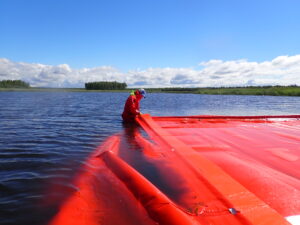
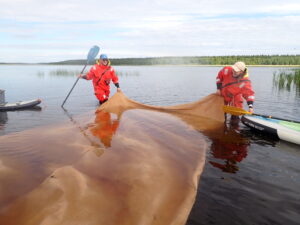
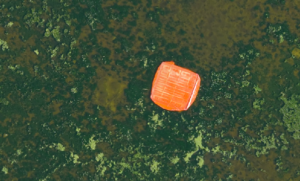
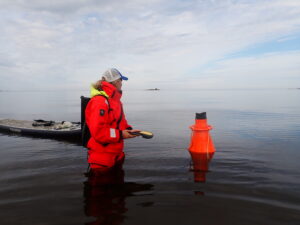
The shallow and sandy bays are crucial for marine biodiversity
The Baltic water-plantain, which is also featured in the SeaMoreEco project logo, an iconic underwater plant. It is endangered (VU) and listed in the EU Habitats Directive (Natura 2000). It is a species endemic to the Baltic Sea and the largest populations can be found in the northern Gulf of Bothnia, especially in the Bothnian Bay. About 80% of the Baltic water-plantain in the world grows in Finland, with the next largest populations found in Sweden. The populations of the species are scattered, and their size varies annually depending on environmental conditions.
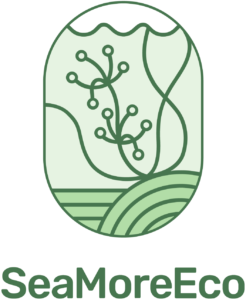
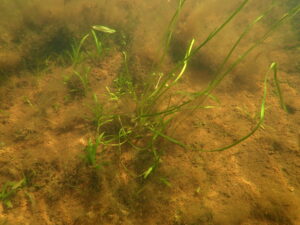
The cross-border cooperation is filling the knowledge gaps
Cross-border cooperation between Finland and Sweden is essential since we share the same marine area with mostly the same endangered species, as well as the invasive alien species. I think the best part of cross-border work is getting to collaborate with a diverse range of people who are experts in their fields, and they are also so eager to learn and try new things. The worst part is the nature of project work, that projects eventually come to an end, and three years is quite a short time when you work with environmental challenges.
The benefits and results of the project is focused on supporting environmental officials who need as much knowledge as possible, so they can implement this in their daily work. The project also reaches out to local communities and citizens, as well as to the broader scientific community and the decision makers who will gain valuable insights about the marine biodiversity.
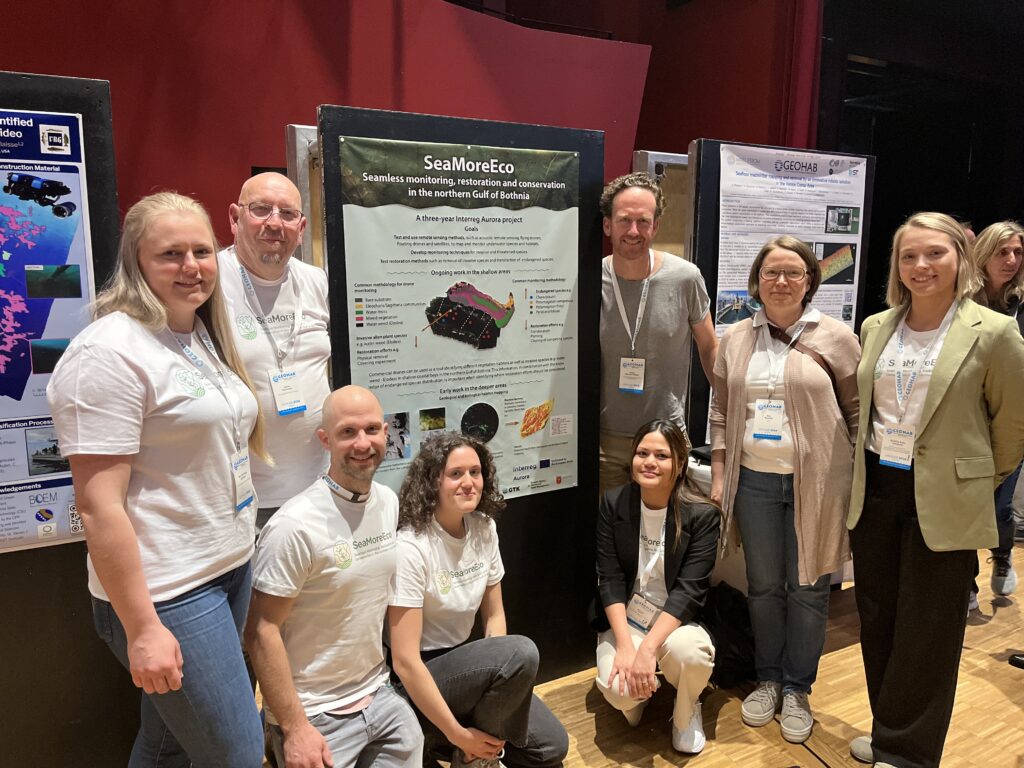
Making an impact for the next generations
Although projects often aim for clear results as quickly as possible, the long-term goal is always to make an impact for the future of the Gulf of Bothnia and for the next generations. I hope that the value of collaborative projects in the environmental sector will continue to be recognized in the future and new eager biologists get to experience this amazing field of work.
Learn more about the Interreg Aurora funded project SeaMoreEco and the project partners
– County Administrative Board of Norrbotten
– County Administrative Board of Västerbotten
– Geological Survey of Finland
– Geological Survey of Swede
– Centre for Economic development, Transport and Environment Northern Ostrobothnia
– Centre for Economic development, Transport and Environment Southern Ostrobothnia.
#interregaurora #crossbordercooperation #peopleandbeyond #seamoreeco

